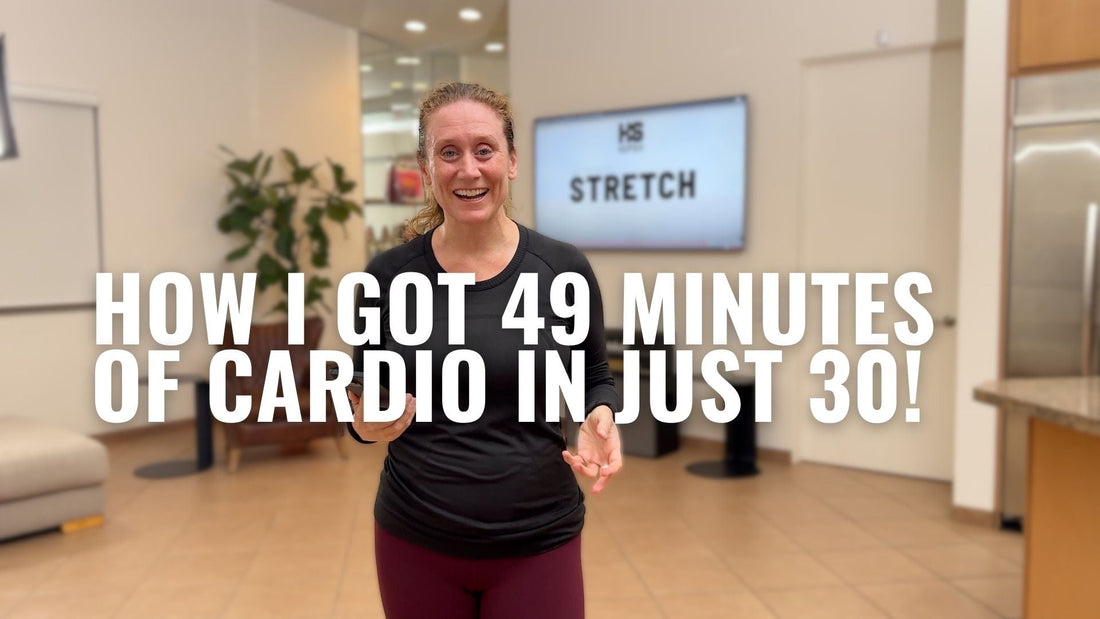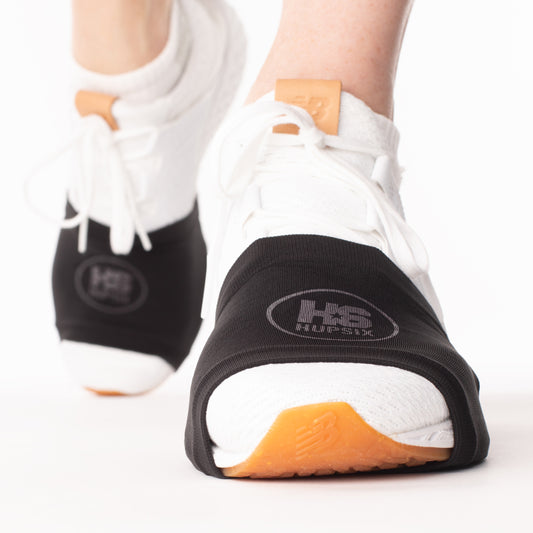
Best Cardio Equipment for Home (That Actually Works)
Most “best cardio” lists recycle the same machines. What really makes equipment best is simple: it gets you into your moderate-to-vigorous heart-rate zones and keeps you there. That’s where fitness happens. If you’re comparing gear for home use, judge by zone minutes—not step counts or calorie guesses.
Quick Answer
The best cardio equipment for home is anything that keeps your heart working in the right zones. Treadmills, bikes, and rowers can do it—but they’re bulky and easy to coast on. HupSix delivers the same intensity in half the space: patented gear and guided 30-minute classes that typically log ≈ 40–50 minutes of cardio credit (chest-strap verified). You’ll train endurance, coordination, and reaction—without giving a room to a machine.
Why Cardio Training Matters
Heart-rate zones are the scoreboard for real conditioning. Vigorous effort builds endurance, improves recovery, and strengthens the heart so it works more efficiently. Public-health guidelines recommend 150 minutes of moderate or 75 minutes of vigorous cardio each week. Vigorous minutes count double because they drive adaptation.
What to Look For
- Zone payoff: Does it keep your heart where it should be?
- Footprint: Will it fit your space and store easily?
- Noise/setup: Can you use it without rattling the house?
- Durability: Built to last or built to replace?
- Engagement: Will you still use it after week one?
An Honest Look at the Usual Options
Treadmill
- Pros: Familiar; steady control of pace.
- Cons: Heavy, loud, high upkeep; large footprint.
- Best for: Dedicated runners with space.
Stationary Bike
- Pros: Low-impact; smaller than treadmills; class options online.
- Cons: Repetitive; saddle discomfort; monthly subscriptions.
- Best for: Riders who like seated cardio.
Rower
- Pros: Full-body; strong zone minutes with good technique.
- Cons: Long footprint; noisy; requires skill.
- Best for: Time-crunched users with room to spare.
Elliptical / Climber
- Pros: Joint-friendly; steady cardio.
- Cons: Bulky; repetitive; limited versatility.
- Best for: Low-impact steady-state fans.
Where HupSix Fits In
HupSix isn’t a machine—it’s a compact cardio system that combines gear and guided classes for measurable results.
- Space: About the size of a yoga mat in use; stores like a handbag.
- Time: One 30-minute class typically equals ≈ 40–50 minutes of cardio credit (verified by chest-strap).
- Engagement: Rock-music pacing and timed cues keep you honest—no coasting.
- Performance: Builds endurance plus coordination and reaction, which single-plane machines don’t train.
- Durability: No belts or motors; lifetime gear guarantee.
- Support: Real 1-on-1 coaching—send a video, get feedback.
- Membership: App access ≈ $10 a month for 30-minute, six-round classes (learn → practice → execute to music).
You power the work—that’s why people stick with it.
Why Zone Minutes Beat Calories
Steps and calories are guesses. Zone minutes tell you exactly how long your heart worked at training intensity. Moderate effort maintains; vigorous improves (and counts double). Each HupSix session delivers roughly half your weekly cardio goal in one shot.
Measurement That Matters
Perceived effort isn’t data—heart rate is. Use a chest-strap monitor for accuracy, especially during intervals. You’ll see the payoff in real numbers: higher endurance, faster recovery, better energy.
Bottom Line
If you love running and have the room, a treadmill works. If you want full-body effort and can handle the footprint, a rower hits hard. Bikes and ellipticals have their place.
If you want compact, engaging, structured cardio you’ll actually repeat, HupSix checks every box: 30 minutes, 40–50 zone minutes, endurance with coordination and reaction, gear that lasts.
Still Not Sure?
Visit the HupSix homepage or head straight to the product page. Try a class—if it isn’t one of the most fun and effective workouts you’ve ever done, send it back within 30 days. You’ve got 12 months for a prorated return. Need help? We offer 1-on-1 coaching from certified instructors.


